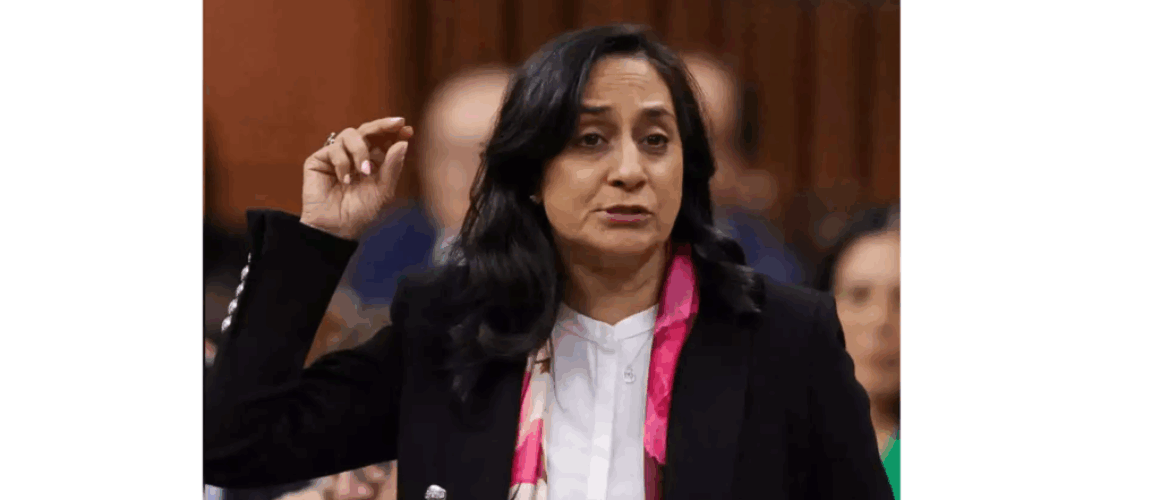Anita Anand’s Appointment as Foreign Minister Signals India-Canada Reset
When Prime Minister Mark Carney appointed Anita Anand as Canada’s new Minister of Foreign Affairs, the nation received more than just a cabinet reshuffle. The appointment marked a symbolic and strategic shift in how Canada plans to rebuild fractured diplomatic relationships, especially with India — a country once viewed as a natural ally in trade, education, and democratic alignment, now turned geopolitical challenge.
Anand, the first Hindu Canadian to take the role, carries more than heritage into the office. She brings a reputation for crisis management, precision, and policy discipline. Having served as Minister of Public Services and Procurement during the pandemic — overseeing vaccine distribution — and as Defence Minister during a turbulent period for Canada’s military culture, she’s proven herself in difficult roles. Now, she inherits the complex task of managing Canada’s position on the global chessboard at a time when its credibility and alliances are under scrutiny.
A Delicate Reset in Canada-India Relations
Tensions with India escalated in recent years over allegations of interference in Canadian domestic politics, controversial public statements about Sikh separatist movements, and retaliatory visa and trade freezes. As these disputes grew louder, Canada’s historically cordial ties with India suffered a dramatic breakdown.
Anand is now tasked with leading a reset — but one rooted in realism, not nostalgia. According to senior diplomatic officials, her early priorities include restoring bilateral university programs, restarting joint innovation funds that had been suspended, and launching a new “Diaspora Strategy” to better manage domestic tensions stemming from Indian community divisions in Canada.
This move is not only about external diplomacy — it’s also about internal unity. Carney’s administration sees value in bridging gaps among Canada’s Indo-Canadian communities, who are often pulled between nationalist loyalties and liberal Canadian values.
Anand’s Style: Professionalism Over Populism
Unlike some of her predecessors who leaned heavily on symbolic gestures or partisan grandstanding, Anand’s approach is procedural, precise, and unflinchingly focused on outcomes. She’s not known for fiery speeches or social media battles — her strength lies in her competence and composure.
Under her leadership, the Ministry of Foreign Affairs is reportedly undergoing a reorganization to streamline consular services, digitize crisis communications, and create a real-time diplomatic risk dashboard. These changes are intended to make Canada’s diplomacy faster, smarter, and more resilient in a world where foreign affairs often move faster than bureaucracies can respond.
The Global Optics
Anand’s appointment has already received coverage in major Indian outlets, some praising the gesture while others remain skeptical of any real change. Internationally, her elevation also plays into Carney’s larger effort to brand Canada as a forward-facing, inclusive, and globally responsible democracy — a contrast to rising nationalism in Europe and populism in the U.S.
She will also have to walk a tightrope: while repairing ties with India, she’ll need to assertively defend Canada’s sovereignty and pluralism, especially on issues like freedom of speech and minority protection. This includes reassuring allies that Canada won’t compromise its democratic values for trade deals or quiet diplomacy.
Looking Ahead
Anand’s tenure begins not with celebration, but with sober expectation. Her mandate is clear: rebuild bridges, but don’t bend to pressure. In her, the Carney government sees a diplomat who can navigate the turbulent waters of post-globalization — where identity, trade, and ideology intersect.
If successful, she won’t just heal one of Canada’s most damaged bilateral relationships. She’ll set a new tone for what Canadian diplomacy looks like in the 21st century — principled, prepared, and proudly pluralistic.
